Andy Warhol, a visionary artist and a leading figure in the Pop Art movement, revolutionized the art world with his distinctive approach to celebrity, consumer culture, and mass production. Born in Pittsburgh in 1928, Warhol’s journey from a struggling illustrator to an iconic pop culture figure is a testament to his creative genius and ability to capture the zeitgeist of his time.
Warhol’s early career saw him working as a commercial artist, gaining recognition for his whimsical illustrations. However, it was in the 1960s that he burst onto the avant-garde scene with his innovative take on art and culture. His studio, known as The Factory, became a hub for creativity and a meeting place for artists, musicians, and celebrities.
“Marilyn Diptych” (1962): Medium: Acrylic on canvas
The tragic death of Marilyn Monroe in 1962 deeply affected Warhol. “Marilyn Diptych” is a poignant reflection on celebrity, mortality, and the transient nature of fame. The diptych format, with repeated images of Monroe fading into abstraction, captures the fleeting and ephemeral nature of stardom. Warhol’s fascination with celebrity culture is crystallized in this piece. The use of bright, bold colours and repetitive imagery became a hallmark of Warhol’s Pop Art aesthetic.
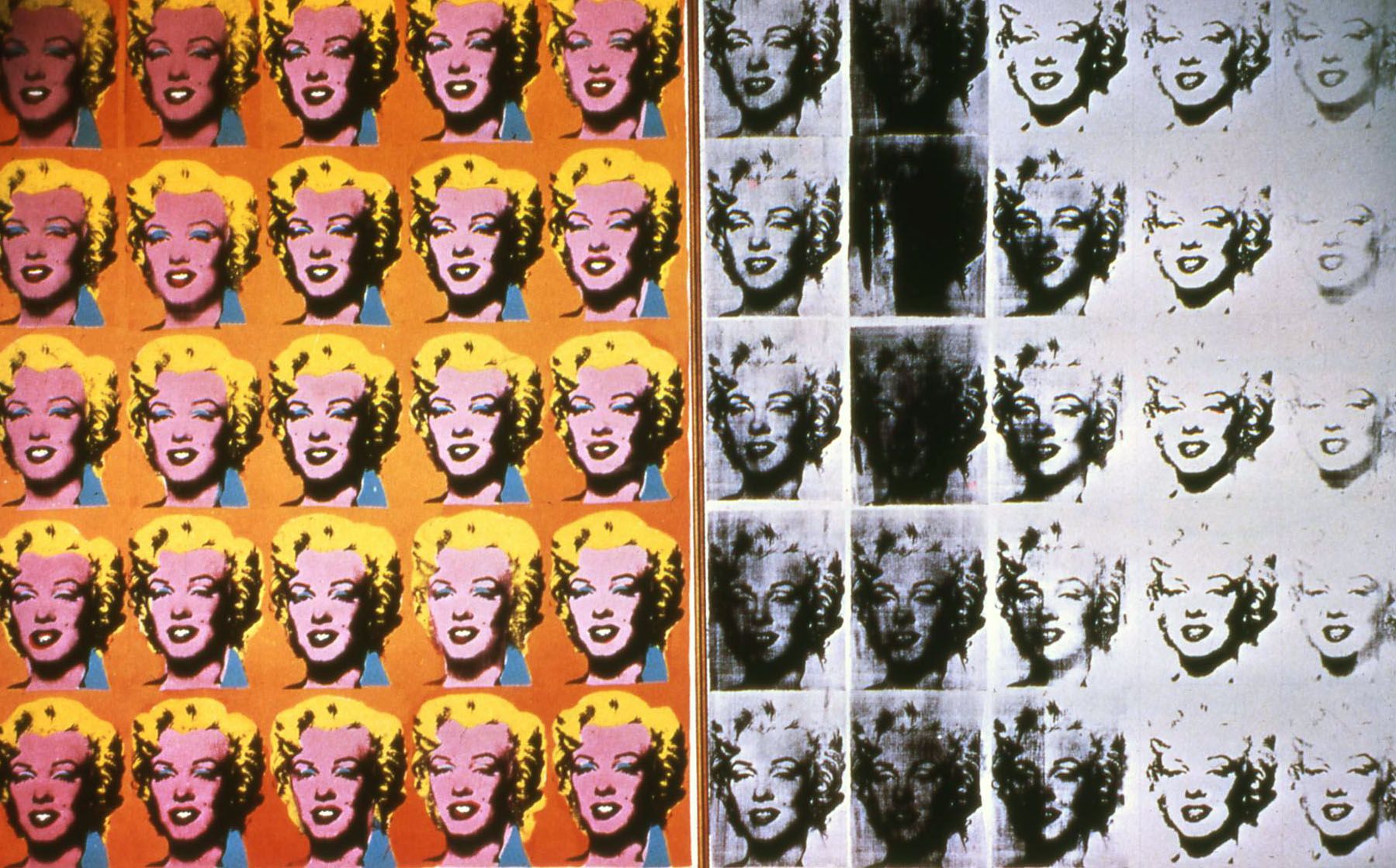
“Campbell’s Soup Cans” (1962): Medium: Synthetic polymer paint on canvas
Warhol’s “Campbell’s Soup Cans” is a commentary on mass production and consumer culture. It reflects his fascination with the mundane and his belief that art could be derived from everyday objects. This series of 32 canvases, each depicting a different flavour of Campbell’s soup, challenged traditional notions of artistic subject matter and composition. It marked a departure from the abstract expressionism dominant at the time.
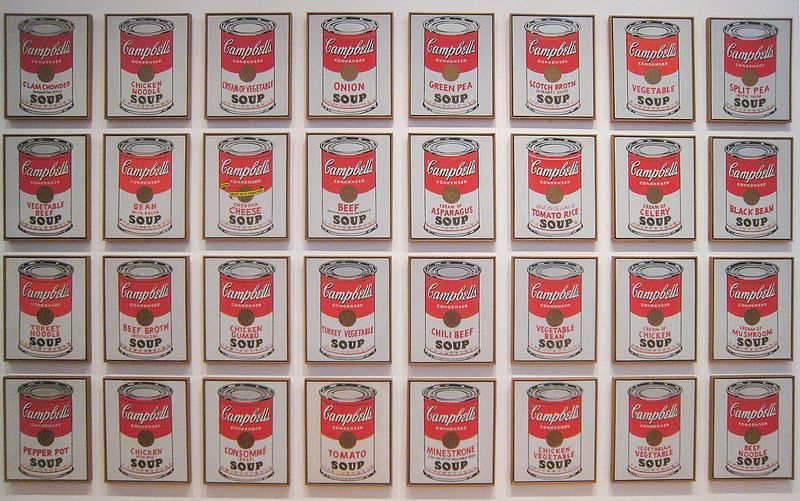
“Eight Elvises” (1963): Medium: Silkscreen ink on synthetic polymer paint on canvas
Warhol’s exploration of fame extends to “Eight Elvises,” where he employs the iconic image of Elvis Presley. This piece serves as a commentary on the commodification of celebrity and the repetitive nature of fame in popular culture. The silkscreen technique allowed Warhol to replicate the image of Elvis multiple times, creating a powerful visual impact that underscores the mass production theme inherent in his work.

“Gold Marilyn Monroe” (1962): Medium: Silkscreen ink and spray paint on canvas
Following Monroe’s death, Warhol created “Gold Marilyn Monroe” as a homage to the actress. The use of gold tones elevates Monroe to an almost mythical status, while the repetition of her image speaks to the commodification of beauty and fame. This piece exemplifies Warhol’s ability to elevate everyday objects and celebrities to the realm of high art. The gold colour not only adds a layer of glamour but also hints at the deification of Monroe in popular culture.
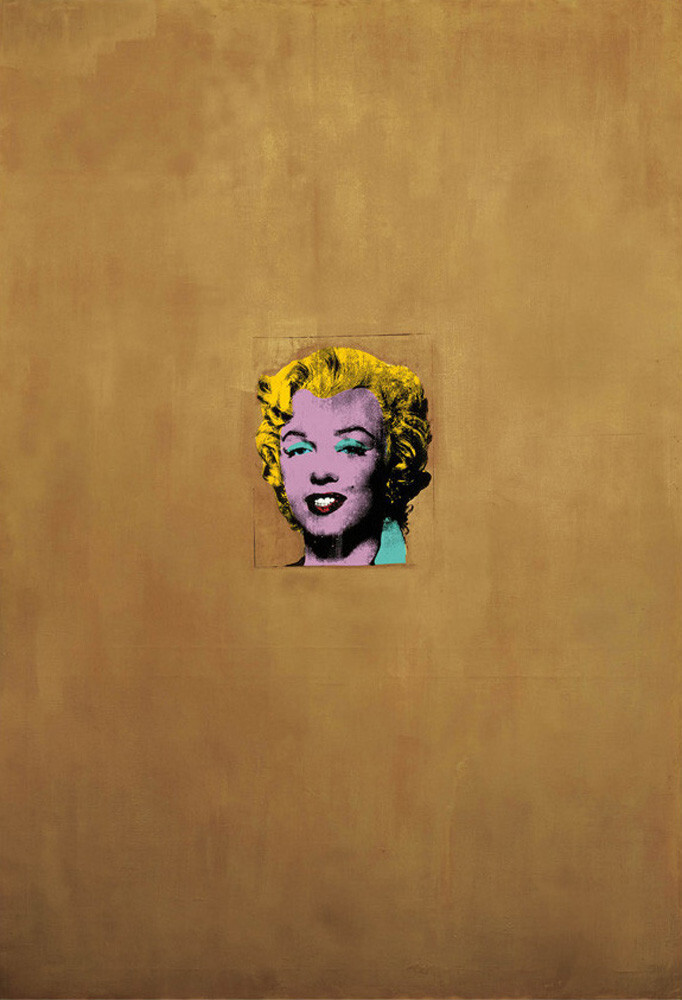
“The Last Supper” (1986): Medium: Acrylic and silkscreen ink on linen
In the later years of his career, Warhol turned his attention to religious themes. “The Last Supper” reinterprets Leonardo da Vinci’s masterpiece, featuring a fractured and fragmented composition that reflects Warhol’s fascination with repetition and mass production. This piece, unlike his earlier works, delves into the realm of religious and spiritual imagery. The fractured nature of the composition adds a surreal quality, challenging traditional interpretations of a sacred subject.
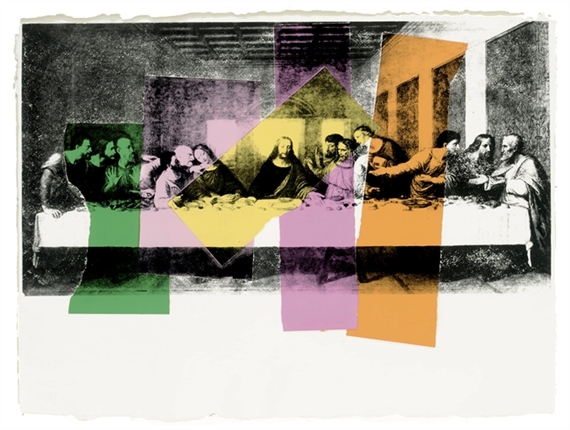
Andy Warhol’s impact on the art world is immeasurable. From soup cans to Marilyn Monroe, his art transcends the canvas, leaving an indelible mark on the way we perceive and consume popular culture. Through his exploration of repetition, colour, and celebrity, Warhol’s legacy continues to resonate, making him not just an artist but a cultural icon. His ability to turn the ordinary into the extraordinary remains an enduring source of inspiration for artists and enthusiasts alike.
If you would like to receive a roundup of all of our blog posts once a week to keep you inspired in your inbox, why not sign up to our newsletter. You can access our sign up at the top of our page. If you are a London Art College student and you would like your artwork featured here, drop us a line at any time.

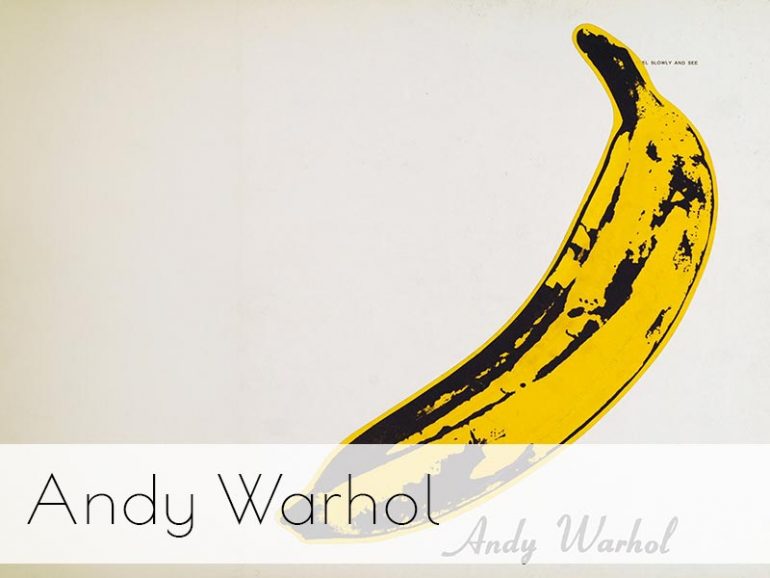
1 thought on “Andy Warhol: A Pop Art Maestro’s Colourful Legacy”